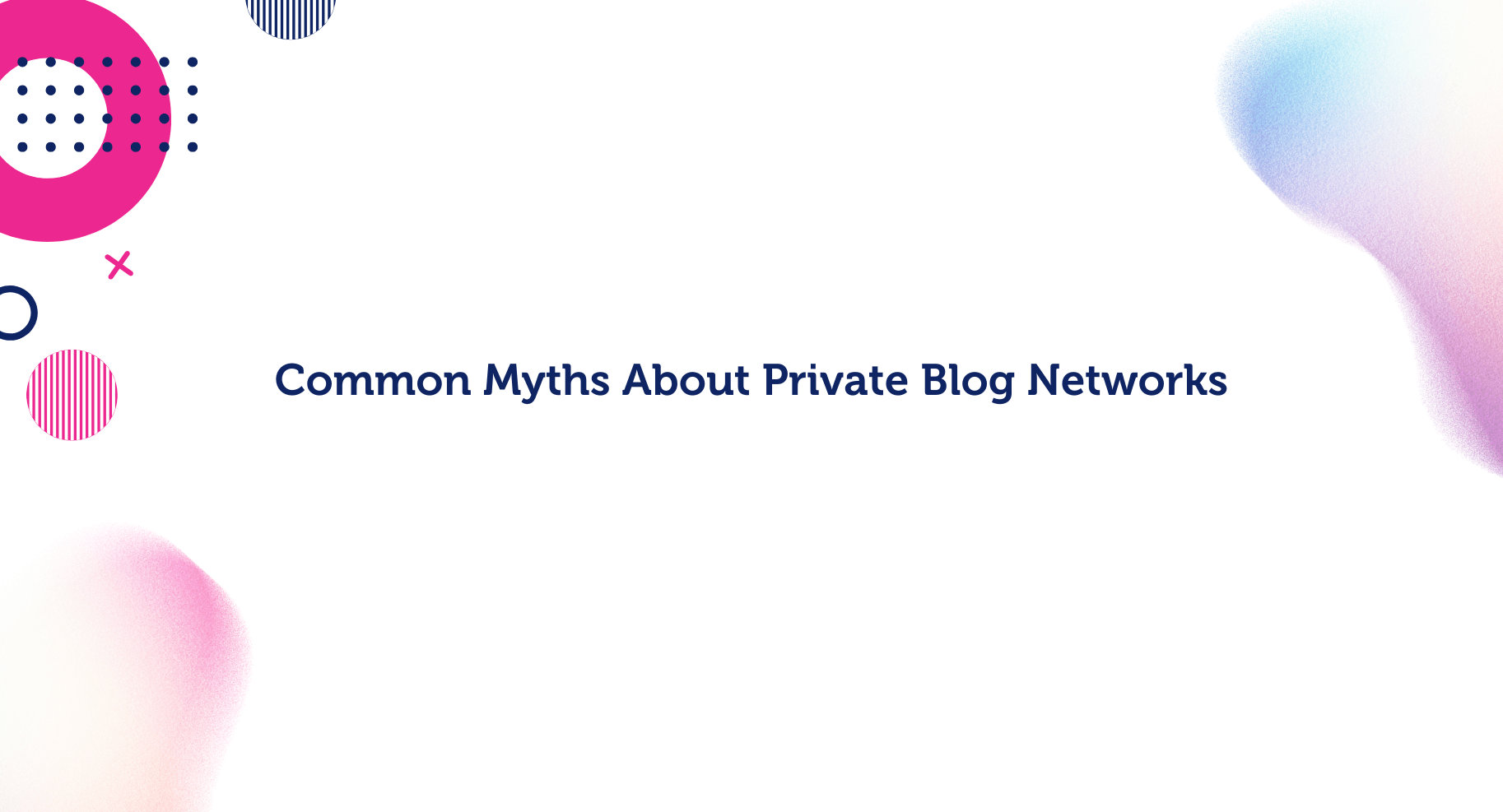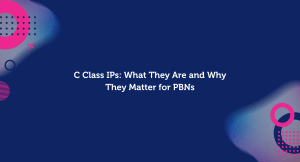Private Blog Networks have long stirred up discussions in the SEO community. Some dismiss them as risky or outdated, while others see them as a strategic way to control backlinks and boost rankings. Grasping the myths about Private Blog Networks can be quite enlightening.
Many misconceptions about PBNs continue to circulate, which can confuse SEO professionals and beginner PBN builders. Let’s debunk some of the most common myths about PBNs.
Myth #1: PBNs Are Illegal
Contrary to popular belief, PBNs are not illegal. There are no laws prohibiting their creation or use.
Myth #2: PBNs Always Result in Penalties
It's a common notion that PBNs always lead to penalties. That's simply not true! When set up correctly with unique content, varied hosting, and careful linking, they can fit in just like regular websites. Many SEO professionals successfully use PBNs by avoiding obvious footprints and keeping sites relevant. You see, the key is to focus on quality and natural integration. Think of it like planting seeds in a garden; care tends to yield fruit.
Myth #3: PBNs Are Obsolete
PBNs are not obsolete! They are still widely used in SEO. Although search engine algorithms have progressed, the principle of backlinks driving authority remains intact. Top-ranking websites still benefit from carefully built PBNs that provide relevant, high-quality links. As long as backlinks continue to influence rankings, PBNs will remain a valuable element in SEO strategies. It's like the classic car that never goes out of style.
Myth #4: PBNs Only Work for Short-Term Gains
There's a perception that PBNs only contribute to short-term gains; however, they can deliver long-term SEO benefits when built with sustainability in mind. Many SEO professionals incorporate PBNs as part of a broader strategy, mixing them with other link-building methods for lasting results. Success comes from treating PBNs as real websites with genuine value rather than merely link farms. Kind of like choosing a restaurant with quality dishes that keep you coming back.
Myth #5: Every PBN is the Same
Here’s another truth: Not all PBNs are created equal. Low-quality PBNs often use duplicate or poorly written content, leaving clear footprints for search engines to detect. In contrast, well-structured PBNs are built as authentic websites, featuring unique, high-quality content, diversified hosting, and thoughtful site structures that help minimize detection risks. Think of it as a well-curated library versus a cluttered garage sale.
Myth #6: PBNs Are Easy to Detect
When properly managed, a well-built PBN feels far from easy to detect. Authentic, diverse, and natural-looking PBN sites are much harder for search engines to detect. The time and effort spent on creating quality content and a strong site structure pay off tremendously.
Myth #7: PBNs Require Constant Domain Purchases
A common assumption is that PBNs need constant domain purchases, but here's the reality: while acquiring powerful domains is critical in building a network, maintaining and improving existing PBN sites can prove just as effective. Regular updates, unique content, and natural link-building help sustain a PBN’s effectiveness. Think of it like tending to your garden; nurturing your existing plants is just as essential as planting new ones.
The Right Way to Approach PBNs
While PBNs come with challenges, they can be effective when managed correctly. Here are some recommendations to follow:
- Use High-Quality Domains. Avoid spammy expired domains and invest in domains with quality backlinks.
- Create Unique, Valuable Content. Each PBN site should function as a standalone website with original and relevant content.
- Diversify Hosting and IPs. Choose a reliable PBN hosting provider like Priority Prospect to ensure your sites are hosted on different IP ranges, reducing footprints.
- Avoid Interlinking. Do not link any PBN sites together, as this creates an obvious footprint.
Final Thoughts
PBNs are often misunderstood, but they remain a viable strategy when built and managed correctly. Success hinges on avoiding footprints, using diverse IP addresses and hosting, along with maintaining high-quality content. Rather than viewing PBNs as purely good or bad, focus on proper execution and strategic use within a broader SEO plan. So, are you ready to approach your PBNs with fresh insights? Just keep in mind, the art of PBNs lies in the details.




